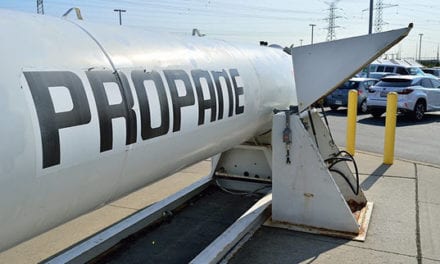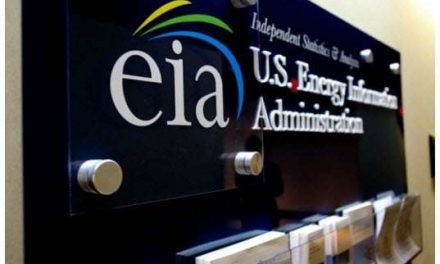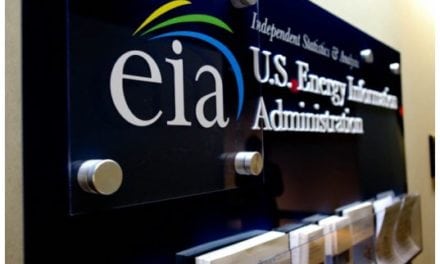By Frank Beard, NACS Daily Contributor
When you’re on-the-go and in a hurry, what’s the quickest way to get a snack or a meal: Popping into the convenience store or the drive-thru window?
Beginning in 1948 with In-N-Out in Baldwin Park, California—and the promise of “NO DELAY”—drive-thru windows have been presented as the gold standard of quick, convenient American foodservice. It’s so simple you don’t even have to leave the car.
But I’ve noticed something during my travels across the United States. Time and again, I’ve sat in long drive-thru lines wondering why I didn’t just stop at the gas station. And having visited many hundreds of convenience stores and seen firsthand how easy grab-and-go foods are, I’ve suspected that convenience stores are the quickest option.
I decided to put my theory to the test.
Last month, for five consecutive weekdays—Monday through Friday—I visited three convenience stores and three quick service restaurants (QSRs) daily between the hours of 7:00 a.m. and 9:30 a.m. My question was simple: How long does it take to pull into the parking lot, purchase a breakfast sandwich and get back on the road? In total, I visited 15 QSRs and 15 convenience stores around Des Moines, Iowa. And no, I didn’t eat all those sandwiches, but donated them to a local food bank.
The results?
- On average, convenience stores were 2.74 times quicker.
- The average convenience store visit took exactly 2:00.
- The average drive-thru visit took 5:29.
- Convenience stores provided consistent, dependable performance with a range of 1:11. The quickest was 1:24 and the slowest was 2:35.
- Drive-thru times varied widely from 2:01 to 13:32—a range of 11:31.
What accounts for such a drastic difference? Here’s what I think.
First, drive-thrus are single-file lines with one cashier. They function well with a few cars, but stacking can become an issue during peak hours. Convenience stores avoid this issue by having two or more cashiers. In the case of QuikTrip, a single employee has the ability to process two lines simultaneously.
Second, a person’s drive-thru experience is directly affected by other customers. Is the car in front of you ordering for the entire office? Be prepared to wait. Did the car in front of them ask for ice cream and the machine isn’t working? It’s going to be a while.
Third, customers know right away if convenience stores don’t have their favorite sandwich. They can either wait for one to be prepared, or they can select something else if they’re in a hurry. However, in drive-thrus, customers discover this once they’ve paid and are asked by the person at the pickup window to pull forward and wait. This contributed to my 13:32 wait time at one QSR.
Finally, convenience stores have positioned themselves in the most convenient locations. At each store, I was able to exit the road and drive straight into a parking space. At some QSRs, the route to the drive-thru—and even the restaurant—was much less direct.
This was not a comprehensive study, of course, and I’d like to see the issue explored further. But the results of my little test raises an important point.
It’s been said that convenience stores are in the business of selling time. Whether it’s the morning commute, a summer road trip or a quick coffee run, convenience stores make it possible to do more with your day. That’s why when I rushed to Cleveland’s airport last year with a slim window to catch my flight, I didn’t pull into a drive-thru. I stopped at Sheetz. I knew that I could grab-and-go from the selection near the register, pay and return to the interstate in a matter of minutes.
Time savings is a conversation we should own. Let’s make sure we do.
Frank Beard is a regular NACS Daily contributor who has traveled to more than 1,000 convenience stores in 24 states. He raised awareness of the industry’s healthful food options with his “30 Days of Gas Station Food” experiment, and he’s an analyst/evangelist for convenience store and retail trends at GasBuddy.









